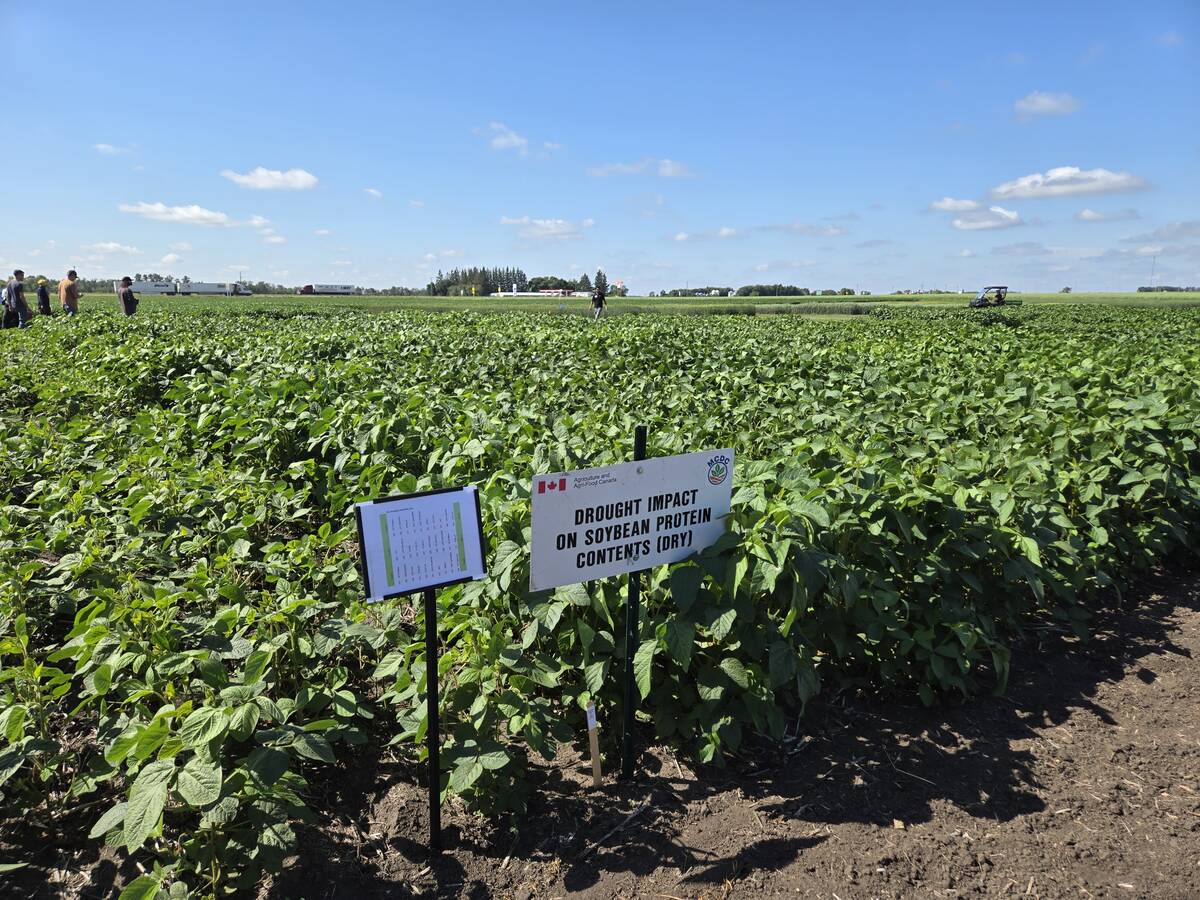Turmoil in the flax export business hasn’t boosted the prospects of building a linoleum manufacturing plant in Western Canada any time soon, say industry officials.
Problems shipping flax to Europe because of GM contamination might appear to strengthen the case for processing more of the crop in Canada, but Les Rankin, director of industrial and fibre uses for Flax Canada 2015, said it hasn’t really changed anything when it comes to linoleum.
“I don’t see any new opportunities cropping up,” he said.
The linoleum production industry is based in Europe and the manufacturers import linseed oil rather than flaxseed from North America. Linoleum is 33 percent linseed oil.
Read Also

Carberry field day looks for agriculture solutions
Manitoba farmers explored research solutions for resilient crops, perpetual agronomic issues and new kinds of agricultural products at a field day at the Manitoba Crop Diversification Centre in Carberry on Aug. 6.
GM contamination doesn’t show up in the oil so it has continued to move freely into Europe, while seed has been subjected to severe restrictions.
Jacco Vlaar, Canadian sales manager for the Swiss firm Forbo, the world’s leading linoleum manufacturer, said the trade issues regarding GM contamination have not affected his company.
“This is not directly affecting us because we do not import flaxseed, we import linseed oil,” he said.
Flax Canada 2015 supports producing linoleum in Western Canada, saying on its website that such a facility would “strengthen rural revitalization efforts by providing investment opportunities, jobs and economic spinoffs.”
However, Rankin said any decision to do so will have to be made by linoleum producers, specifically Forbo.
“They’re not ruling it out, but the last time we talked, about six months ago, they said it probably wouldn’t be under consideration for another six to 10 years.”
Rankin said the key to attracting a plant to Western Canada is to increase linoleum use in North America.
Linoleum was once a dominant player in the flooring market, but that changed in the 1950s with the introduction of new types of less durable but cheaper PVC and vinyl.
It has been making a comeback in recent years, based in part on the fact that it is 100 percent biodegradable, containing linseed oil, resin, wood flour, limestone, natural pigment and jute.
It also possesses natural anti-microbial properties, making it ideal for health care facilities, schools and kitchens.
Vlaar said Forbo continues to look for ways to increase sales, which could require the addition of new production facilities beyond the large plant operating in the Netherlands and a small one in Scotland.
“There are no specific plans to do so, but at the same time, nothing has changed in our long-term strategy,” Vlaar said.
“In the end, it is increased sales that will determine if we have a local plant or not.”














